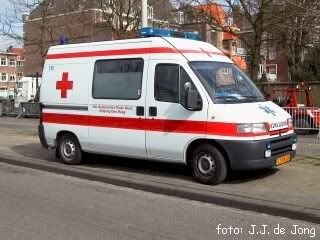Community walking activity in neurological disorders with leg weakness.
Title
Community walking activity in neurological disorders with leg weakness.
Source
Journal of Neurology, Neurosurgery & Psychiatry. 77(3):359-62, 2006 Mar.
Journal of Neurology, Neurosurgery & Psychiatry. 77(3):359-62, 2006 Mar.
BACKGROUND:
The aims of this study were to determine walking mobility in the community in individuals with lower limb weakness and to establish the extent to which some clinic based measures predict such activity.
METHODS:
Five groups (n = 12-18) of independently ambulant patients with lower limb weakness due to neurological conditions and a matched healthy control group were recruited. Measures of isometric knee extension/flexion muscle strength, time to stand up (sit-to-stand, STS), gait speed, and daily step counts (recorded over 7 days) were obtained. The Rivermead Mobility Index (RMI) provided a measure of functional ability. Between group differences and associations were explored. Backward stepwise regression analysis was used to identify variables influencing daily step count in individuals with neurological impairment.
RESULTS:
Patients were significantly weaker (mean (SD) quadriceps strength), slower to stand up, and had slower self selected gait speed than controls. Mean daily step count was also lower than in controls. In neurology patients step count was correlated with RMI score and STS. However, self selected gait speed was the only significant predictor in the regression analysis of daily mean step count.
CONCLUSIONS:
Measures of muscle strength, timed STS, and RMI do not appear to closely reflect community walking activity in these patient groups. Self selected gait speed was partially predictive. Measurement of community walking activity may add a new dimension to evaluating the impact of interventions in neurological disorders.




0 Comments:
Post a Comment
<< Home